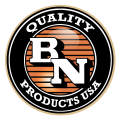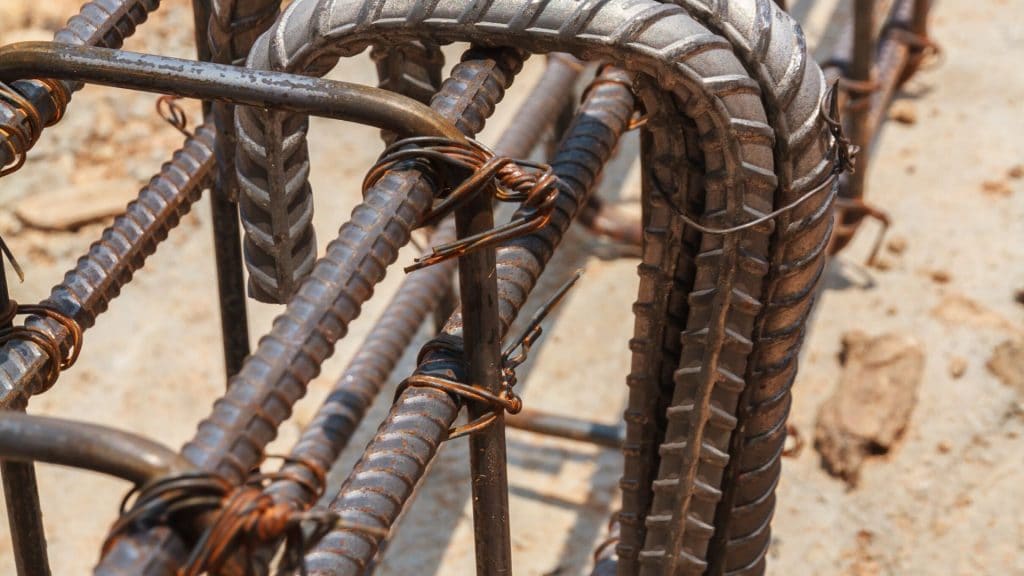Rebar is a construction site staple that reinforces nearly every commercial structure in the United States. You can hardly find a site without a stack of these metal bars lying around, and they are constantly being cut, tied, and reinforced before concrete is poured. As might be expected, there is a tremendous amount of knowledge that goes into selecting the right reinforcing bars for your project, and BN Products-USA, LLC knows you probably have lingering questions. So, here are answers to four of the most commonly asked industry questions.
1. What are the different types of rebar?
Rebar comes in a variety of lengths and diameters, and is designed to strengthen solid concrete structures and roadways. While it’s important to know what size of rebar you need, it’s equally important to choose the right type of rebar. Options include European, carbon steel, epoxy-coated, galvanized, glass-fiber-reinforced-polymer, and stainless steel.
2. What do rebar marks mean?
Each bar in a shipment is manufactured with individual markings that are typically found near the end of the bar. Like a code, these special markings provide a system of useful information. The first letter or symbol identifies the producing mill, the bar size follows, and the third marking designates the type of reinforcing steel, usually in the form of an “S” (for carbon-steel) or “W” (for low-alloy steel). The grading mark comes last and indicates the bar’s tensile strength in pounds per square inch.
3. Can I use rusty bars that have been sitting on my site for a while?
You can usually use any rebar that’s been sitting on your job site, but caution should be taken if it’s showing signs of rust. Mud, oil, rust, and dirt can get onto the surface of the bars and affect the bonding strength that the bar has with the concrete, which could result in a flimsy or unsteady structure. A small amount of rust can actually make the bond stronger, but if the weight of the bar has changed because of the amount of rust, it’s best to discard that bar and use one that hasn’t been compromised. Always clean off mud, oil, and grease, as they also can negatively impact the bonding.
4. What tools do I need to work with rebar?
Having the right tools can make your job that much easier. If you don’t already have an arsenal of equipment, you’ll want to get some key pieces right away, including rebar cutters, rebar benders, and rebar tiers. All of these tools will allow you to efficiently work with rebar and fix mistakes or ties before the concrete is poured. With the right cordless and battery-powered tools available for your workers, you can rest assured that any project will get done on time.
Contact the Experts
When you need to find the right tools, or simply have more questions about rebar, turn to our job site experts at BN Products. We offer top-of-the-line job site equipment, including portable generators, mixers, and concrete pourers, as well as a variety of other hand tools. We distribute to sites in the U.S., Canada, Central America, and the Caribbean. Call today at (800) 992-3833 to inquire about our current inventory.



